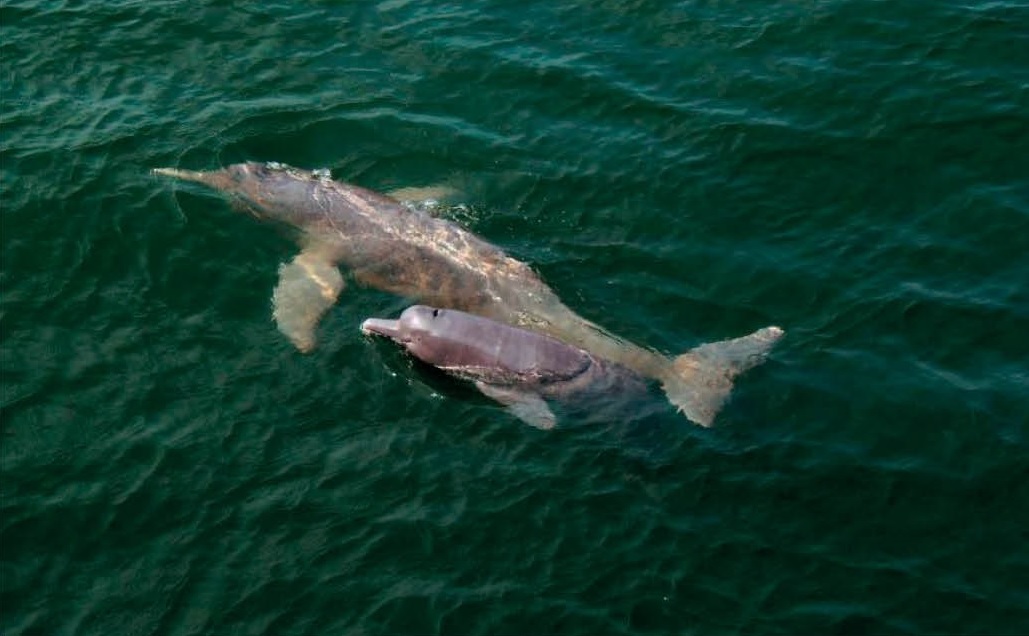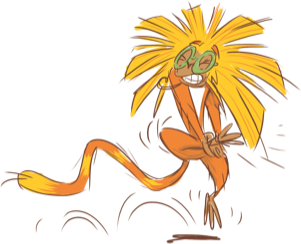In English
30 de janeiro de 2018
A New Species Is Discovered Every Two Days in the Amazon
Institute have announced the discovery of 381 plant and animal species in the Amazon between 2014 and 2015.


The World Wildlife Fund (WWF) and Mamirauá Institute have announced the discovery of 381 plant and animal species in the Amazon between 2014 and 2015. This means that a new species was discovered in the region every two days – a decade ago, it was three species per day. The reports are important so we know which are the species of the largest tropical forest in the world, how many there are, and where they are, and can thus protect them.

Among the discoveries is that of the Inia araguaiaensis dolphin whose bones were found in the Araguaia river, in Goiás state. Scientists believe that this species might have lived in the Amazonas River basin almost three million years ago.
The report shows the mega biodiversity of the Amazon, which is not well known because traveling there is difficult and doing research, expensive. The Amazon forest covers parts of Bolivia, Brazil, Colombia, Ecuador, French Guiana, Guiana, Peru, Surinam, and Venezuela.
How is a species discovered in the Amazon?
Scientists go on long trips, called expeditions, and travel through major rivers, environmental preservation areas, and nearby locations. Along the way, they observe and record the characteristics and places where the new species, those unknown to science until then, are found.

Questions – nivel II
– Which challenges do scientists have to face when looking for new species?
1. Long trips
2. The large territorial extension of the Amazon
3. Expensive
4. All of the above
– Why is it important to find new species and classify them?
Ixi! Você bateu no paywall!
Ainda não é assinante? Assine agora e tenha acesso ilimitado ao conteúdo do Joca.












Você precisa fazer o login para publicar um comentário.